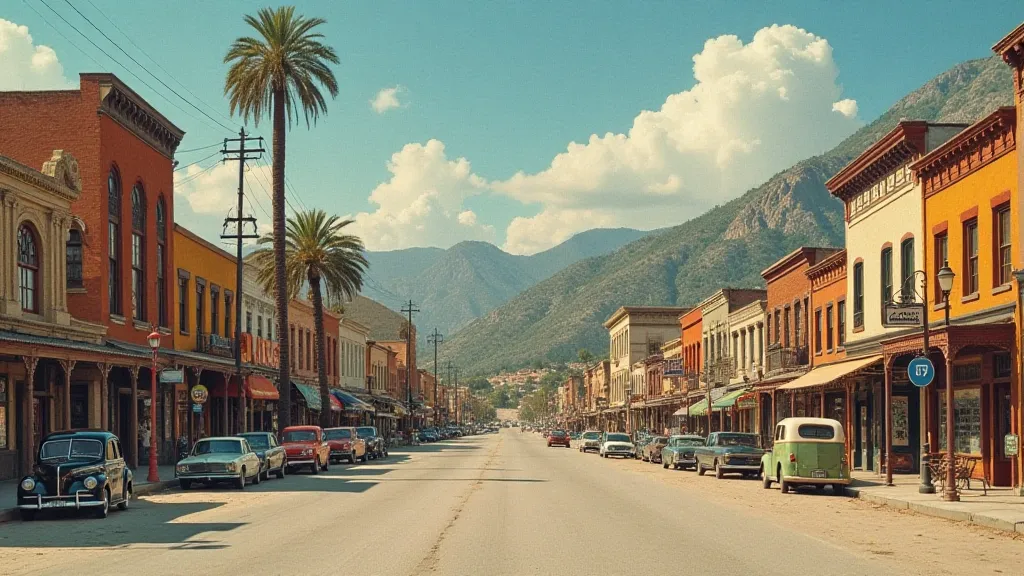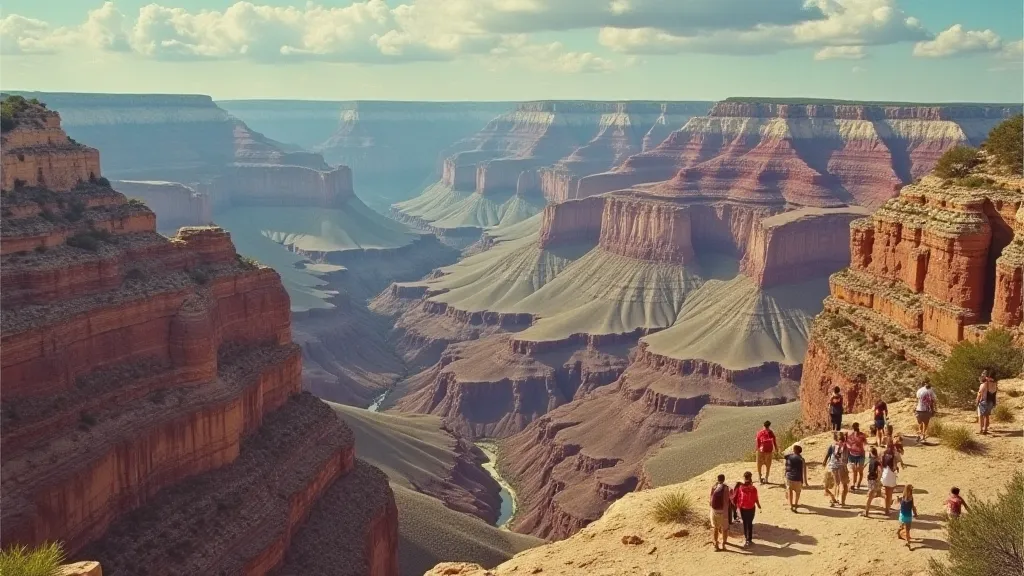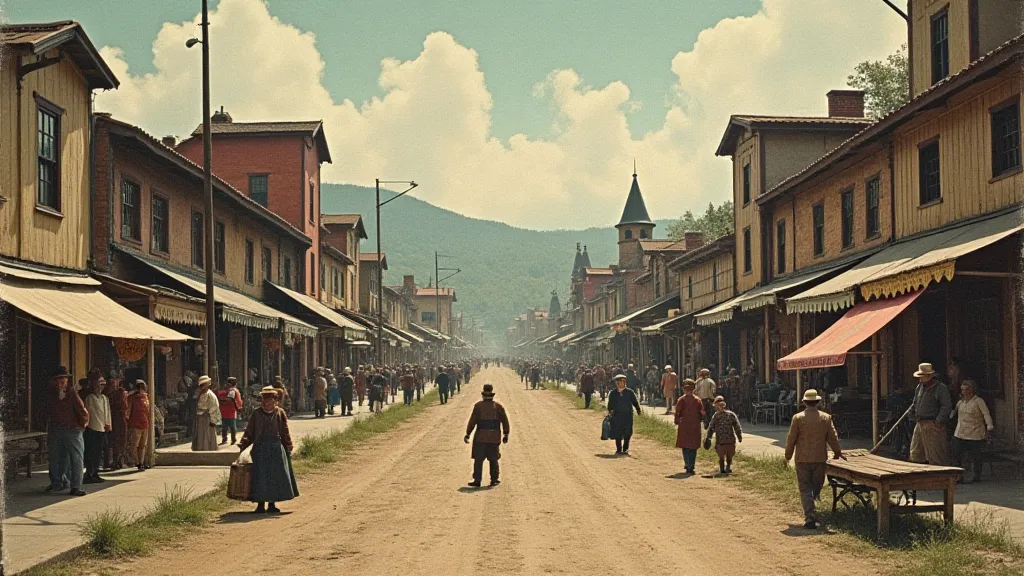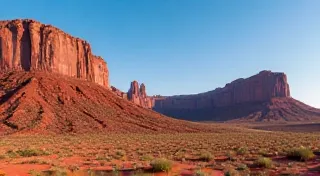Arizona Postcards: Desert Landscapes and Early Towns
Arizona postcards offer a captivating glimpse into the Grand Canyon State's fascinating history, a blend of stunning natural beauty, burgeoning towns built on mining and agriculture, and the enduring legacy of Native American cultures. For postcard collectors, Arizona presents a rich and diverse field, offering everything from breathtaking landscape views to charming depictions of early settlements. This guide explores the key themes and history behind Arizona vintage postcards, offering insights for both seasoned collectors and those just starting their journey into this captivating hobby.
The Early Years: Mining Boom and Railroads (1905-1920)
The postcard boom of the early 1900s coincided perfectly with Arizona’s period of rapid growth fueled by the discovery of valuable minerals. Silver, copper, and lead were the major draws, leading to the creation of boomtowns seemingly overnight. Postcards became a vital way to share experiences and advertise the promise of riches. These “boomtown” postcards often featured bold typography and vibrant (though often inaccurate) depictions of the mines and burgeoning commercial districts. Expect to find views of towns like Jerome (the “Wickedest Town in the West”), Bisbee (a copper mining center), and Globe.

The arrival of the railroad was equally crucial, connecting Arizona to the rest of the country and facilitating the transportation of both resources and people. Railroad companies also recognized the power of postcards, often issuing their own series showcasing scenic routes and terminal stations. Postcards from this era typically reflect a sense of optimism and a celebration of progress.
Landscapes of the Southwest: The Grand Canyon and Beyond
While the mining boom generated many postcards, Arizona’s most enduring appeal lies in its stunning landscapes. The Grand Canyon, of course, dominates the visual record. Early photographers captured the Canyon's majesty, and these images were quickly reproduced on postcards, becoming immensely popular. Early views often lacked the crowds that would later populate the rim, offering a more pristine view of the natural wonder.
Beyond the Grand Canyon, Arizona's deserts, mesas, and mountains offered endless photographic opportunities. Postcards depict iconic locations like Monument Valley, the Petrified Forest, and Saguaro National Park (though it wasn’t formally established until 1994, early depictions of the saguaro cactus were common). These postcards showcase the unique beauty of the Sonoran Desert and its distinctive flora and fauna.
Native American Imagery: A Complex History
The presence of Native American tribes – including the Navajo, Hopi, Apache, and others – was an undeniable part of Arizona’s history and culture. Postcards from the early 20th century frequently featured Native Americans, often portrayed in stereotypical or romanticized ways. While some cards offered glimpses into traditional ceremonies and ways of life, it’s essential to recognize that these representations were often filtered through the lens of the dominant culture and can reflect problematic attitudes.
Collectors interested in Native American imagery should approach these postcards with sensitivity and a critical eye, understanding the historical context in which they were created. Postcards depicting tribal dances or showcasing traditional clothing can be valuable historical documents, but it's important to consider the potential for cultural appropriation and misrepresentation.
Key Publishers and Artistic Styles
Several postcard publishers played significant roles in shaping the Arizona postcard landscape. The Detroit Publishing Company was a major force, known for its high-quality photographs and extensive distribution network. Valentine & Co. and the Rotogravure Printing Co. were also prominent, each with their own distinctive styles. Early postcards frequently used real photo postcards (RPPCs), which were actual photographs printed directly onto postcard stock. These RPPCs offer a more realistic and immediate portrayal of Arizona’s past.
Artistic postcards, often lithographs, also circulated widely. These cards typically featured idealized or romanticized depictions of Arizona's landscapes and towns. The style of these artistic cards often reflected current trends in fine art, adding another layer of interest for collectors.
Postcard Backs: Messages from the Past
Don’t overlook the postcard backs! The handwritten messages offer a unique window into the lives of those who sent and received these cards. You might find brief updates on family, accounts of travels, or even glimpses into the challenges and opportunities faced by those living in Arizona during the early 20th century. The handwriting itself can be a fascinating element, reflecting the style of the era. Often, these messages are far more compelling than the image on the front.

Collecting Arizona Postcards: What to Look For
When collecting Arizona postcards, consider these factors:
- Rarity: Early postcards, especially those from smaller or less-known towns, are often more valuable.
- Condition: Postcards in excellent condition, with minimal wear and tear, are highly desirable.
- Publisher: Postcards from well-known publishers like Detroit Publishing Company often command higher prices.
- Subject Matter: Unique or unusual subjects, such as images of Native American ceremonies (handled with sensitivity) or scenes of early agricultural practices, can be particularly sought after.
- Postcard Backs: Messages and postal markings add to the historical interest and value.
Preserving Your Collection
Proper storage is key to preserving your Arizona postcard collection. Store postcards in acid-free sleeves or albums to protect them from damage. Keep them away from direct sunlight and extreme temperatures. Handle postcards with clean hands to avoid transferring oils and dirt.

Conclusion
Collecting Arizona postcards is a rewarding journey into the Grand Canyon State's vibrant history. From the boomtowns and mines to the majestic landscapes and enduring Native American cultures, these small pieces of paper offer a tangible connection to the past. Whether you’re a seasoned collector or just beginning your journey, Arizona postcards offer a treasure trove of stories waiting to be discovered.





